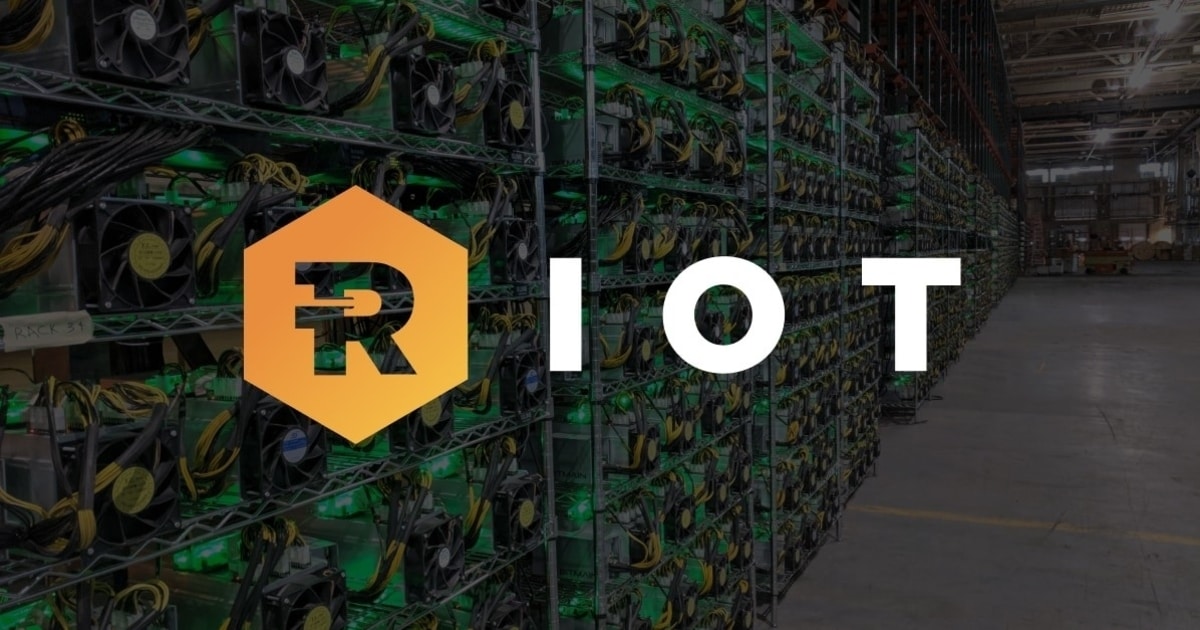Stablecoins in TROUBLE! BIS Cracks Down on USDT and USDC

The post Stablecoins in TROUBLE! BIS Cracks Down on USDT and USDC appeared first on Coinpedia Fintech News
We just recovered from a brutal market downturn, but it seems like next storm is already here. The crypto industry now faces a new threat: regulatory interference.
The Bank of International Settlements (BIS) has issued new guidelines tightening the criteria for stablecoins, specifically targeting those issued on permissionless blockchains like Tether’s USDT and Circle’s USDC. This move could impose significant restrictions on these widely used stablecoins.
What we know? This isn’t good news. Here’s more information.
The Impact on Major Stablecoins
In the first half of 2024, the crypto market saw substantial growth, with the total market cap reaching around $2.27 trillion, marking a 37.3% increase year-to-date. Most of these gains occurred in the first quarter, with a 60.2% rise, while the second quarter experienced a 14.3% drop. Despite past challenges, the stablecoin market has recovered, reaching a market cap of $161 billion as of June 30, 2024, a two-year high.
A Crackdown is Coming!
On July 17, the Basel Committee on Banking Supervision released its final disclosure report on banks’ crypto-asset exposure. This report mandates banks to disclose their crypto activities and liquidity requirements. It also introduces stricter criteria for certain stablecoins to receive preferential “Group 1b” regulatory treatment, effective January 1, 2026. This could heavily impact permissionless stablecoins such as USDT and USDC.
The Industry Reacts
Custodia Bank’s CEO, Caitlin Long, criticized the BIS decision, highlighting that permissionless stablecoins are now excluded from use by banks, favoring permissioned stablecoins instead. She speculated that the United States might ignore this directive, despite BIS’s previous leadership in the crypto sector.
In response, the crypto enthusiast known as the Vitruvian Man suggested that banks would not easily relinquish their power and control over financial systems. He argued that using permissioned blockchains is a strategy for banks to maintain dominance.
He believes that banks and governments would take extreme measures to retain control, making it unrealistic to expect them to allow decentralized, permissionless blockchain systems to flourish willingly.
Public vs. Private Blockchains
At Coinbase’s State of Crypto event, BlackRock’s Head of Digital Assets expressed a preference for public blockchains over private ones. However, the BIS’s new guidelines support permissioned stablecoins like JPMCoin, potentially threatening permissionless stablecoins.
The Implications? Huge.
The BIS decision comes as the Hong Kong Monetary Authority releases consultation papers on a licensing regime for stablecoin issuers. Moreover, Fox Business reporter Eleanor Terrett noted that initial proposals included USDC and others for preferential treatment. Still, the final guidance excludes all stablecoins issued on permissionless blockchains, posing a serious threat to many stablecoins.
This is a key moment for the crypto industry. The decisions made now will shape its trajectory for years to come.



